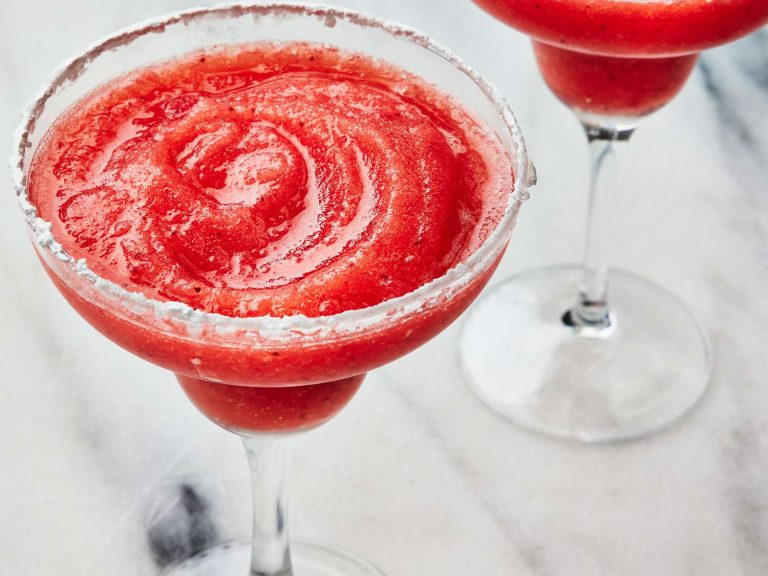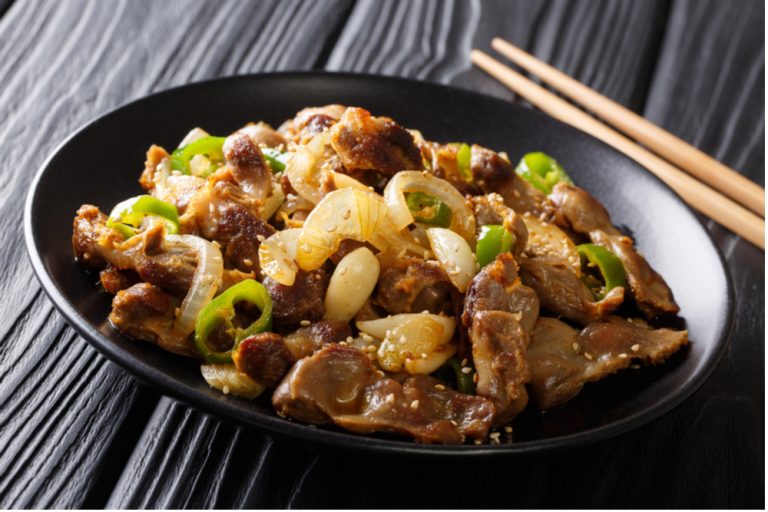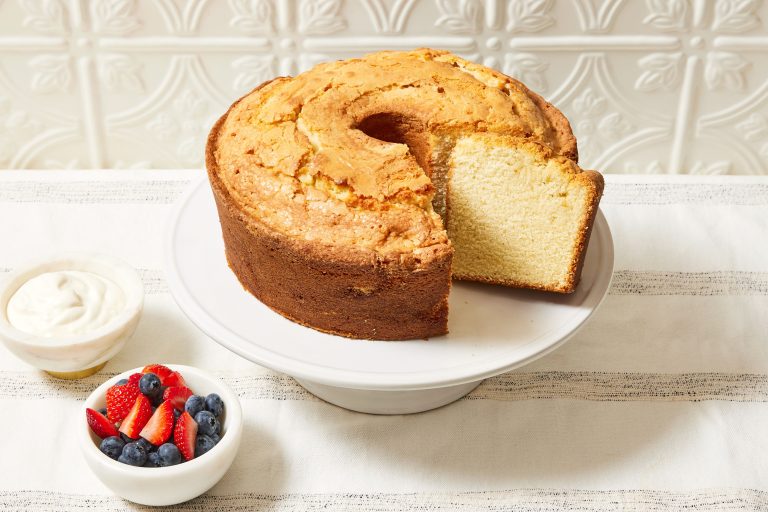Yum Yum Sauce: Origins, Recipes, Health Tips, and Dietary Alternatives
Yum Yum Sauce, also known as White Sauce or Sakura Sauce, originates from Japanese steakhouses in the United States. It’s prominently featured in Hibachi-style cooking, where chefs prepare meals on a hot griddle in front of diners. This sauce gained popularity in the 1980s, becoming a beloved component of Japanese-American cuisine and a staple in many households.
Key Ingredients
Yum Yum Sauce typically includes mayonnaise, tomato paste, sugar, and paprika. Some variations may also have garlic powder, onion powder, and cayenne pepper for added flavor. The combination of these ingredients creates a creamy, tangy sauce with slight sweetness, making it versatile for various dishes, such as grilled meats, vegetables, and seafood.
How to Make Yum Yum Sauce at Home
The Classic Recipe
Making Yum Yum Sauce at home requires simple ingredients, most of which you likely have in your kitchen. The classic recipe includes:
- Mayonnaise: Use 1 cup of high-quality mayonnaise. This forms the creamy base.
- Tomato Paste: Add 1 tablespoon of tomato paste. It provides a subtle tang and color.
- Sugar: Include 1 tablespoon of granulated sugar. This adds sweetness to balance the flavors.
- Paprika: Use 1 teaspoon of paprika for a mild smoky flavor.
- Garlic Powder: Add 1/2 teaspoon of garlic powder for depth.
- Onion Powder: Include 1/2 teaspoon of onion powder to enhance savory notes.
- Butter: Melt 1 tablespoon of butter. This enriches the sauce.
- Water: Use 1-2 tablespoons of water to adjust consistency.
Combine all ingredients in a bowl. Mix thoroughly until smooth. Refrigerate for at least an hour before serving to let flavors meld.
Variations and Substitutes
You can customize Yum Yum Sauce to suit your taste preferences or dietary needs. Consider these variations and substitutes:
- Low-Calorie Version: Swap regular mayonnaise with light or low-fat mayo. Reduce sugar by half.
- Spicy Yum Yum Sauce: Add 1/4 teaspoon of cayenne pepper, or more to taste, for a spicy kick.
- Garlic-Heavy Variation: Double the garlic powder for a robust garlic flavor.
- Vegan Option: Replace mayonnaise with vegan mayo. Use plant-based butter.
- Honey Instead of Sugar: Substitute 1 tablespoon of honey for granulated sugar to add a different sweetness dimension.
Experiment with these variations to personalize your Yum Yum Sauce to pair perfectly with your dishes.
Culinary Uses of Yum Yum Sauce
Popular Dishes
Yum Yum Sauce is a versatile condiment that pairs well with many popular dishes. Use it with grilled meats, such as chicken and steak, to add a creamy and tangy flavor. Dip shrimp, crab, and other seafood into the sauce for an enhanced taste experience. Enjoy it with vegetables like broccoli, carrots, and bell peppers, either steamed or raw. Drizzle it over sushi rolls to create a richer taste.
Creative Cooking Ideas with Yum Yum Sauce
Elevate your cooking with creative uses of Yum Yum Sauce. Spread it on sandwiches and burgers to replace traditional mayo or ketchup. Blend it into rice bowls, ensuring each bite is packed with flavor. Mix the sauce into coleslaw for a unique twist on a classic dish. Use it as a dressing for pasta salads, adding a delightful zing. Even marinate poultry with the sauce to infuse tanginess before grilling or baking.
Health Considerations
Nutritional Content
Understanding Yum Yum Sauce’s nutritional content is crucial for making informed dietary choices. Typically, a one-tablespoon serving contains around 50 calories, 4 grams of fat, 1 gram of carbohydrates, and 1 gram of sugar. The fat primarily comes from mayonnaise and oil, commonly found in the base of the sauce. While it’s low in protein and fiber, monitoring portion size can help you manage calorie intake. Consider the nutritional differences if using low-fat or vegan mayonnaise substitutes, which usually have fewer calories and less fat.
| Nutrient | Amount per Tablespoon |
|---|---|
| Calories | 50 |
| Fat | 4g |
| Carbohydrates | 1g |
| Sugar | 1g |
| Protein | <1g |
| Fiber | <1g |
Dietary Restrictions and Allergies
When evaluating dietary restrictions and allergies, Yum Yum Sauce can be a point of concern. The primary ingredients, mayonnaise and sugar, may present issues for certain diets. Traditional mayonnaise contains eggs, unsuitable for vegans and those with egg allergies. For a vegan-friendly version, opt for egg-free or vegan mayo. Lowering sugar content or using sugar alternatives can make the sauce more suitable for diabetics or those on low-sugar diets. Always check the ingredient labels if you have specific dietary needs or allergies.
Comparisons to Similar Sauces
Yum Yum Sauce vs. Other Asian Sauces
Yum Yum Sauce shares some similarities with various Asian sauces like Thai Peanut Sauce, Teriyaki Sauce, and Japanese Mayo. Whereas Thai Peanut Sauce incorporates a nutty flavor with hints of sweetness and spice, Yum Yum Sauce offers a creamy texture with tangy and savory elements. Teriyaki Sauce, sweet and sticky with a soy base, contrasts Yum Yum Sauce’s light and versatile nature. Additionally, Japanese Mayo, known for its rich, eggy taste, differs in its more pronounced acidity compared to the balanced, slightly sweet profile of Yum Yum Sauce.
Unique Features and Flavor Profile
Yum Yum Sauce features a unique blend of mayonnaise, tomato paste, and spices, creating a creamy, slightly sweet and tangy flavor. Unlike other sauces, its consistency ranges from thick to thin depending on its use, making it adaptable for dipping, drizzling, or mixing. The sauce’s subtle balance of sweetness, acidity, and umami sets it apart. For example, Yum Yum Sauce pairs well with grilled meats, seafood, and vegetables, adding versatility not found in more specialized sauces like Hoisin or Ponzu.
Conclusion
Yum Yum Sauce stands out as a versatile and flavorful addition to your culinary repertoire. Whether you’re drizzling it over grilled meats or using it as a dip for vegetables, its creamy, slightly sweet, and tangy profile can elevate any dish. With its rich history and widespread popularity, it’s no wonder this sauce has become a staple in many kitchens.
By understanding its nutritional content and considering dietary alternatives, you can enjoy Yum Yum Sauce while adhering to your health goals. Comparisons with other Asian sauces further underscore its unique appeal, making it a must-try for any food enthusiast. So go ahead and experiment with Yum Yum Sauce in your cooking; you’ll likely find it adds that extra something special to your meals.






